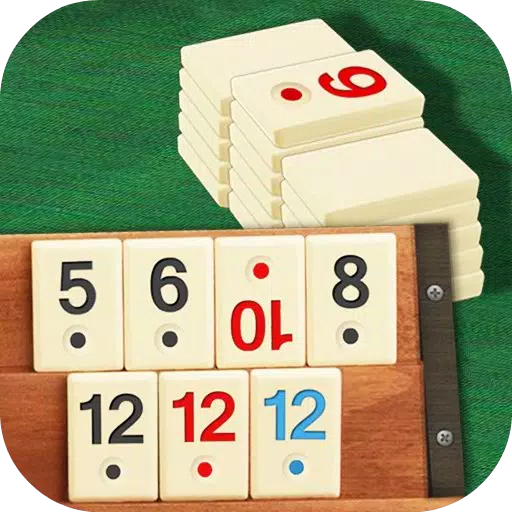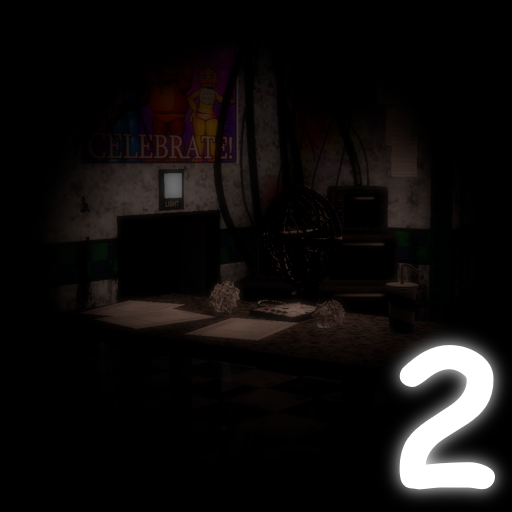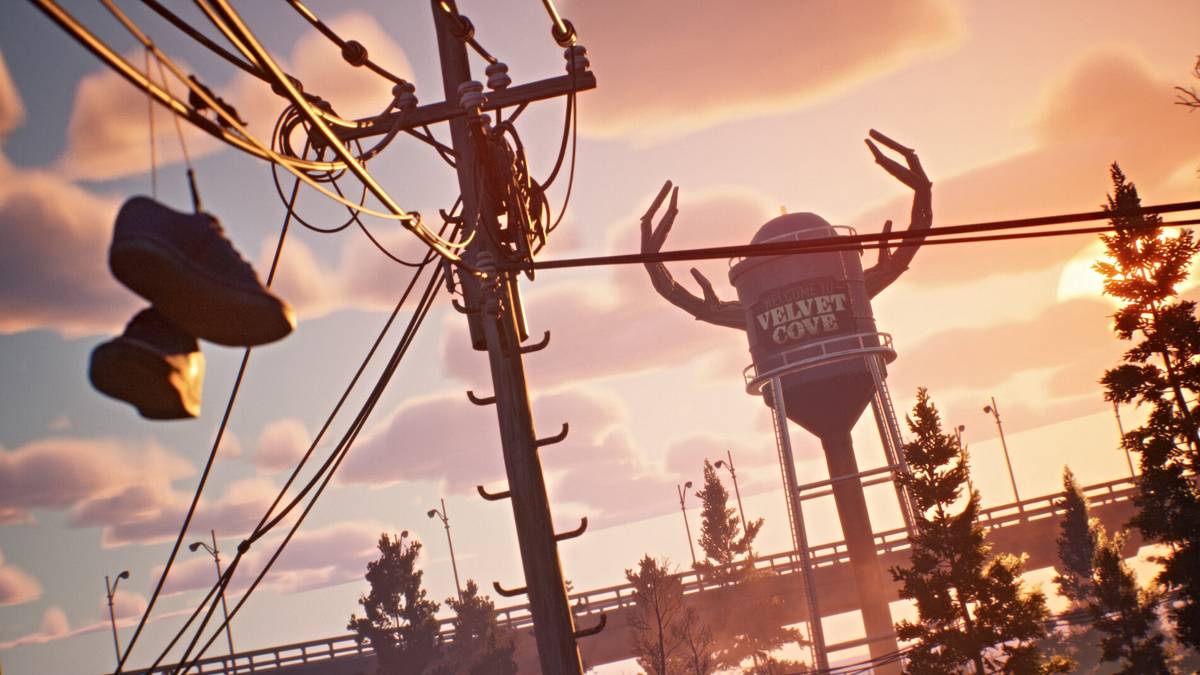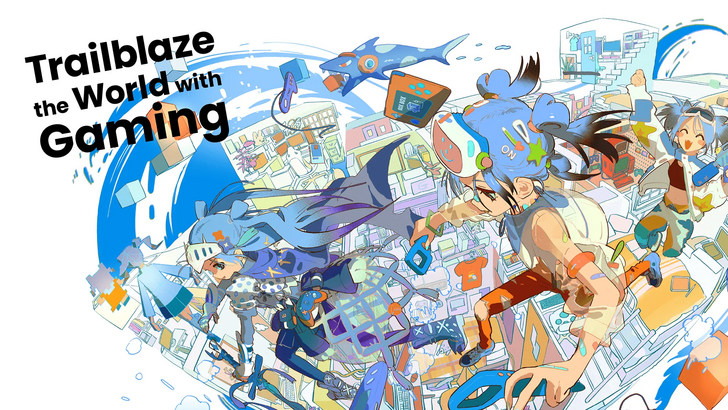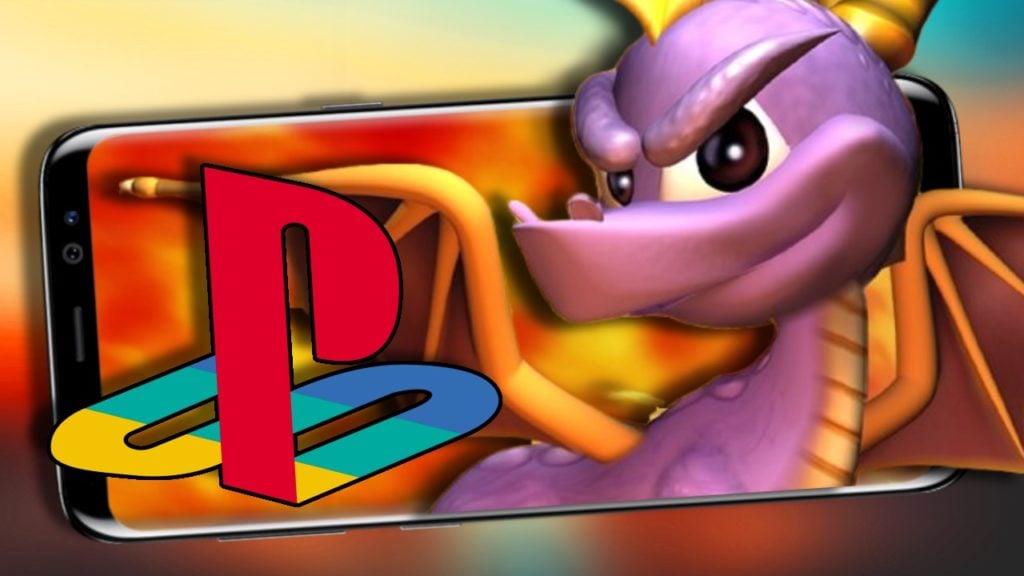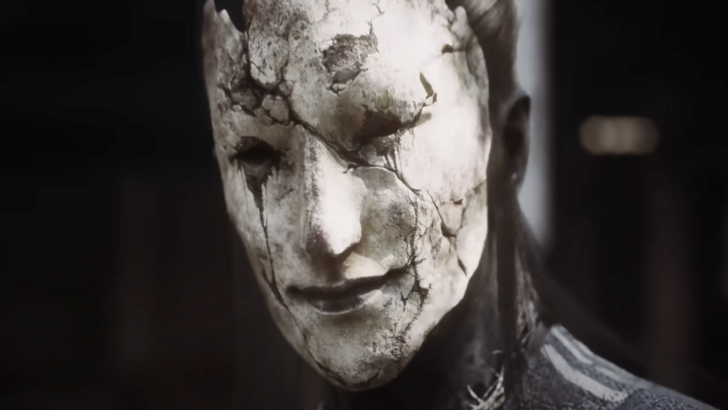When Bethesda finally unveiled Oblivion Remastered earlier this week, I was astounded. The 2006 journey to Tamriel, known for its quirky, potato-faced characters and blurred, low-resolution grasslands, has been transformed into the most visually stunning Elder Scrolls game to date. My past experiences with HD remasters like Mass Effect Legendary Edition and Dark Souls Remastered, which barely differentiate themselves from their Xbox 360 origins, had set my expectations low. Seeing the Imperial City I explored nearly two decades ago now rendered in Unreal Engine 5 with ray tracing was nothing short of breathtaking. Moreover, the game boasts enhancements in combat, RPG systems, and a myriad of other details. Given these extensive upgrades, I initially wondered if Bethesda and the project's developer, Virtuos, had misnamed it. Shouldn't it be Oblivion Remake instead of Remastered?
I wasn't the only one with this thought. Many fans have labeled it a remake, and even Bruce Nesmith, the senior game designer of the original Oblivion, remarked, "I’m not sure [the word] remaster actually does it justice." Initially skeptical of the remaster label, after playing for several hours, it became clear to me that Oblivion Remastered may look like a remake but fundamentally plays like a remaster.
Virtuos has gone to extraordinary lengths to make Oblivion appear like a remake, with "every single asset redesigned from scratch." Visually, the game is entirely new, featuring revamped trees, swords, and crumbling castles. It meets modern graphical standards with beautifully textured environments, stunning lighting, and a new physics system that ensures realistic interactions with the game world. Even though the NPCs you encounter are the same as those from 2006, their models are completely new. This overhaul aims not just to meet nostalgic expectations but to achieve visual excellence by 2025 standards, making it the best-looking Bethesda Game Studios RPG ever. Had I seen it before the remaster rumors, I might have mistaken it for The Elder Scrolls 6.
Beyond visuals, Oblivion Remastered has seen significant gameplay improvements. Combat feels more responsive, with longsword swings now far more satisfying than before. The third-person camera now includes a functional reticule, and all menus, from the quest journal to dialogue and minigames, have been given a modern facelift. The original, flawed leveling system has been replaced with a more coherent hybrid of Oblivion and Skyrim's approaches, and players can now sprint. With these extensive visual and gameplay enhancements, one might argue it ventures into remake territory.
However, the distinction between a remaster and a remake remains murky. There are no clear industry standards, and terms are often used loosely by publishers. For instance, Rockstar's Grand Theft Auto trilogy "Definitive Edition" remasters retain their PlayStation 2-era blockiness with merely upscaled textures and modern lighting. On the other hand, the Crash Bandicoot N. Sane Trilogy, also called a remaster, features entirely new graphics that resemble modern games. Remakes like Shadow of the Colossus and Demon's Souls by Bluepoint rebuild games from the ground up but stay faithful to the originals, while Resident Evil 2 redesigns interactions within the same structural framework. Final Fantasy 7 Remake and Rebirth go further, significantly altering design, script, and story. These examples highlight the lack of a unified philosophy in defining remakes and remasters.
Historically, a remake was understood to be a game rebuilt from scratch in a modern engine, while a remaster involved limited upgrades within the original technology. This definition is becoming outdated. Today, it might be more accurate to describe a remaster as a graphical overhaul that retains the original game's design with minor quality-of-life improvements, while a remake involves a complete redesign from scratch. Under this new definition, games like Demon's Souls and Metal Gear Solid: Delta might be classified as remasters, reserving the term "remake" for games that offer a fresh take on old concepts.
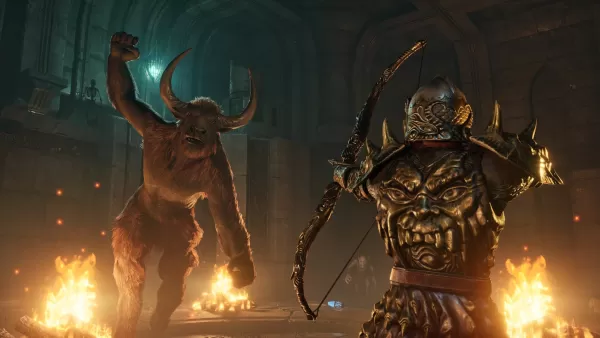 New lighting, fur, and metallic effects are just the tip of the iceberg of Oblivion Remastered's changes. Image credit: Bethesda / Virtuos
New lighting, fur, and metallic effects are just the tip of the iceberg of Oblivion Remastered's changes. Image credit: Bethesda / Virtuos
Applying these proposed definitions, Oblivion Remastered is aptly named. Despite its visually new assets and Unreal Engine 5 ray tracing, it retains the core gameplay and mechanics of the original 2006 game. As Bethesda stated, "We looked at every part and carefully upgraded it. But most of all, we never wanted to change the core. It’s still a game from a previous era and should feel like one."
The hallmarks of that era are evident throughout. Loading screens behind nearly every door, the perplexing persuasion minigame that still feels disconnected despite its interface upgrade, the simplistic city designs reminiscent of theatre stage sets, the awkwardly wandering NPCs, and the combat that, despite improvements, remains somewhat detached and clunky. The presence of numerous bugs and glitches, preserved to maintain the original's quirky charm, further underscores its roots in the 2000s.
Recent releases like Obsidian’s Avowed showcase modern advancements in game design, making Oblivion Remastered's systems feel dated by comparison. Yet, this remastered classic still holds value in 2025. The magic of its world remains vibrant, with its Rohan-like open fields teeming with mysteries and oddities. Its ambitious elements, such as the dynamic goblin wars and narratively rich quest structures, still stand out compared to Skyrim's repetitive dungeon crawls. The game's old-school approach to player freedom feels refreshing in an era where newer games often guide players more heavily. However, the finer details of Oblivion reveal its age, with outdated dialogue, disconnected systems, and ancient level design. A true remake would update these elements, but Oblivion Remastered focuses on reliving the past, cementing its status as a remaster.
In the film industry, remakes are new productions with entirely new casts, crews, scripts, and sets, while remasters enhance existing films to meet modern visual standards. Oblivion Remastered mirrors this concept by pushing the visual envelope as far as possible within the game medium, recreating its "exterior" in a new engine while preserving its core mechanics. As Alex Murphy, executive producer at Virtuos, aptly put it during the reveal stream, "We think of the Oblivion game engine as the brain and Unreal 5 as the body. The brain drives all the world logic and gameplay and the body brings to life the experience that players have loved for almost 20 years."
Oblivion Remastered is precisely what it claims to be, and its achievements should not be underestimated. It should serve as the benchmark for remasters by other major AAA companies. This is the level that Mass Effect Legendary Edition should have reached, rather than just being a cleaned-up re-release, and what Grand Theft Auto: The Trilogy should have been instead of a seemingly cynical cash grab. Oblivion Remastered is a testament to passionate craftsmanship, looking like a remake but playing like a remaster, and it should be celebrated as such.









